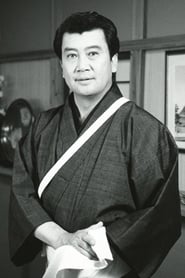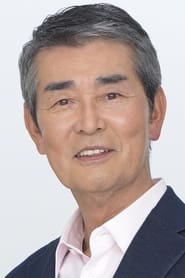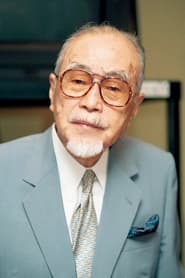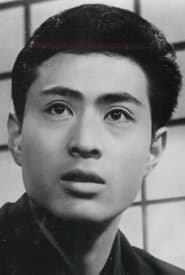
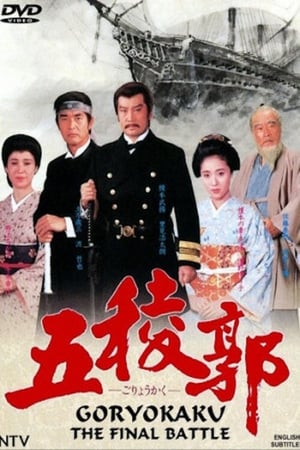
Goryokaku(1988)
After the fall of the Tokugawa Shogunate, there was a series of battles fought while the former supporters of the Tokugawa shogunate retreated to the north where they actually started a sovereign nation that was recognized by more than one European country. Survivors of the Shinsengumi were among the followers of Enomoto Takeaki who took them to the northernmost island of Ezo where they fought their final battle at the star shaped fort, Goryokaku. The Japanese Civil Wars fought in the name of the emperor signaled the complete end of the feudal system and Japan’s entry into the modern world as those brave samurai tried to halt progress and learned that the age of modern warfare and weaponry had passed them by. Swords were no match for rifles and cannons, nor was any man a match for the power of the imperial flag. Japanese loyalty to the emperor has long defined the nation and culture despite the changing times.

Movie: Goryokaku

五稜郭
HomePage
Overview
After the fall of the Tokugawa Shogunate, there was a series of battles fought while the former supporters of the Tokugawa shogunate retreated to the north where they actually started a sovereign nation that was recognized by more than one European country. Survivors of the Shinsengumi were among the followers of Enomoto Takeaki who took them to the northernmost island of Ezo where they fought their final battle at the star shaped fort, Goryokaku. The Japanese Civil Wars fought in the name of the emperor signaled the complete end of the feudal system and Japan’s entry into the modern world as those brave samurai tried to halt progress and learned that the age of modern warfare and weaponry had passed them by. Swords were no match for rifles and cannons, nor was any man a match for the power of the imperial flag. Japanese loyalty to the emperor has long defined the nation and culture despite the changing times.
Release Date
1988-12-30
Average
0
Rating:
0.0 startsTagline
Genres
Languages:
日本語Keywords
Similar Movies
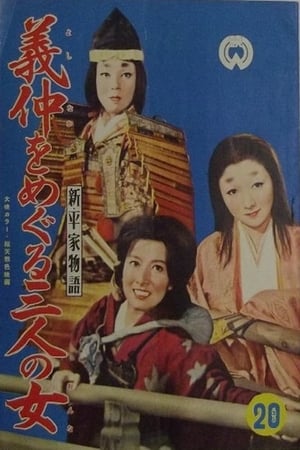 7.0
7.0Three Women Around Yoshinaka(ja)
The story of Yoshinaka during the tumultuous period of warring related to us in the Heike Monogatari. Close in setting to Kinugasa’s famous Gate of Hell (1953).
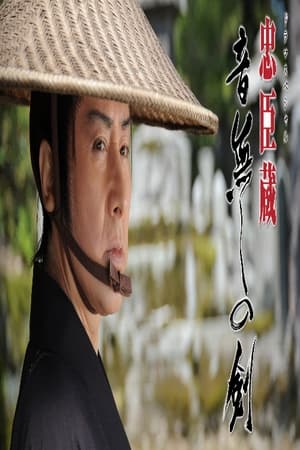 8.5
8.5The Silent Sword: Loyalty and Honor(ja)
Keinosuke (Masakazu Tamura) is a ronin (wandering samurai) who lives on the streets although he is a nobleman. There’s just one woman in this world that he loves, Shiho (Emi Wakui) but when he meets her again, she is already someone else’s wife. Her husband is a key person in the Chushingura incident. Love reignites between Keinosuke and Shiho but they get caught up in the spiral of fate of the Chushingura incident...
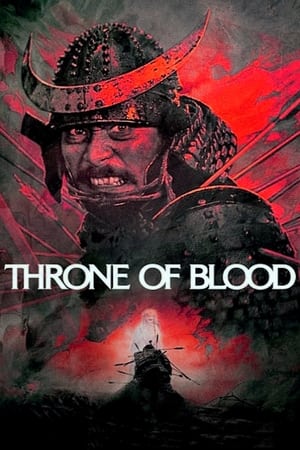 7.9
7.9Throne of Blood(ja)
Returning to their lord's castle, samurai warriors Washizu and Miki are waylaid by a spirit who predicts their futures. When the first part of the spirit's prophecy comes true, Washizu's scheming wife, Asaji, presses him to speed up the rest of the spirit's prophecy by murdering his lord and usurping his place. Director Akira Kurosawa's resetting of William Shakespeare's "Macbeth" in feudal Japan is one of his most acclaimed films.
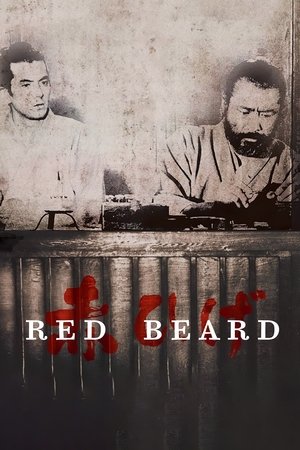 8.1
8.1Red Beard(ja)
Aspiring to an easy job as personal physician to a wealthy family, Noboru Yasumoto is disappointed when his first post after medical school takes him to a small country clinic under the gruff doctor Red Beard. Yasumoto rebels in numerous ways, but Red Beard proves a wise and patient teacher. He gradually introduces his student to the unglamorous side of the profession, ultimately assigning him to care for a prostitute rescued from a local brothel.
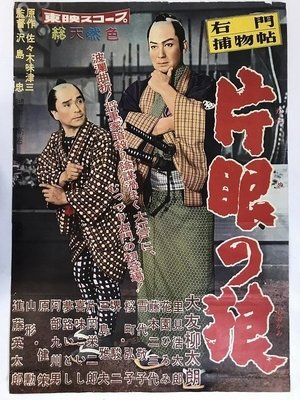 5.6
5.6One-Eyed Wolf(ja)
Five swordsmen are murdered and hung from a tree and the chase is on to find the killers. Two magistrates pursue the leads to solve the crime and it leads to a potential conspiracy to kill the Shogun.
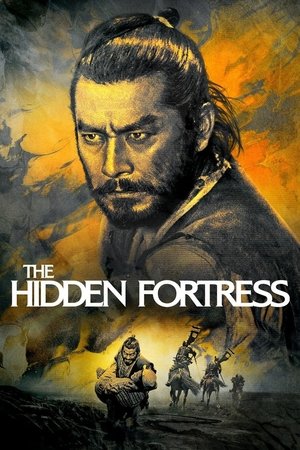 8.0
8.0The Hidden Fortress(ja)
In feudal Japan, during a bloody war between clans, two cowardly and greedy peasants, soldiers of a defeated army, stumble upon a mysterious man who guides them to a fortress hidden in the mountains.
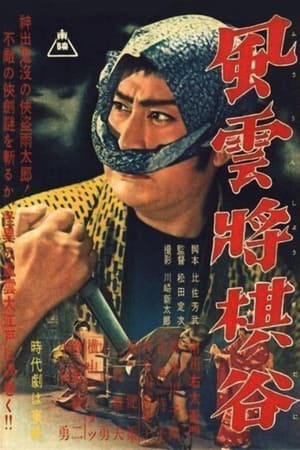 0.0
0.0Golden Valley(ja)
A samurai thief fights a gang of ghostly thieves using scorpions for treasure in the unexplored Shinano region, which is guarded by a descendant of the Heike clan.
 0.0
0.0Ninomiya Kinjirou(ja)
Ninomiya Kinjirou is a biopic follows the life of the eponymous character, an 18th century peasant boy who worked to rescue over 600 poor villages and hamlets from financial ruin by developing new economic policies.
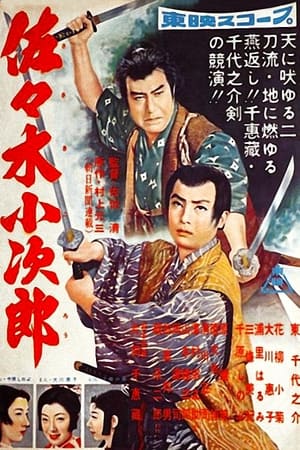 6.0
6.0Sasaki Kojiro(ja)
Ronin Sasaki Kojiro pursues his ultimate goal of becoming a master swordsman. Along the way he encounters another great swordsman, Miyamoto Musashi.
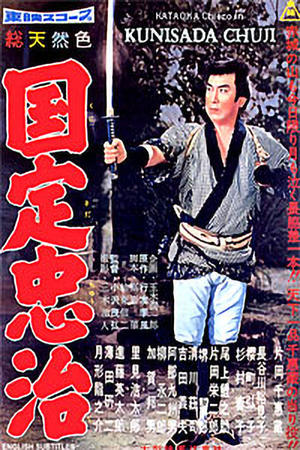 5.2
5.2Kunisada Chuji(ja)
Kunisada Chuji is a common folk hero who looks out for poor people in the country who are at the mercy of corrupt officials. Intent on fulfilling a dying wish from one of his henchmen, Asataro, to find a decent home for his young nephew, Chuji descends from his hide-out in the mountain, and heads to the city in spite of numerous dangers that await him there.
 0.0
0.0Case of the Hidden Coin(ja)
A mysterious coin found at a murder scene stirs the curiosity of young actress detective Oshichi and her brother Hyoma, who set out on a private investigation to unveil the secrets hidden behind the coin.
 0.0
0.0Castle of Revenge(ja)
The film vividly shows the misadventures of Oishi Kuranosuke and the human dramas inside the castle, which lead to the surrender of Ako Castle after seppuku by its lord Asano Takumi-no-kami and the termination of his family's power. This is the first film of the Ako Castle trilogy.
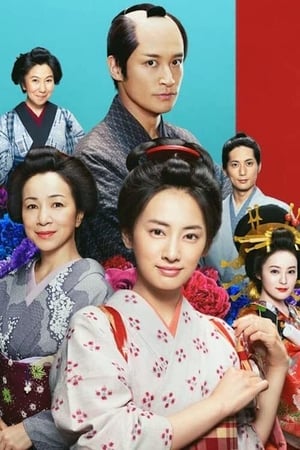 8.0
8.0Devoted Cookbook(ja)
The film is set in Edo period. As an orphan child Mio starts working at a restaurant in Osaka where she learns how to cook. When she turns 18, she moves to Edo (today's Tokyo) where she opens her own restaurant.
 0.0
0.0Moonshadow Ninja Scroll: Twenty-One Eyes(ja)
A wave of terror is threatening to unseat Shogun Yoshimune. Police stations are erupting into flames, convicts escaping from prison, houses robbed and vandalized, streets teeming with panicked citizens. Is Ijyuin Tanomo, highly-placed official of Owari clan, secretly using deadly ninja to foment riot and rebellion? Narumiya Shinbei, a lone samurai spy adept at ninjutsu must uncover the hidden hand orchestrating these shocking crimes. Shinbei enlists a small band of dedicated ninja to lay siege to the enemy’s stronghold, where his own sister works as an undercover agent. Now, ninja must fight ninja in a last desperate battle to save the shogunate.
 6.5
6.5Migawari Mission(ja)
Kozukenosuke Kira is slashed with a sword by Ako Daimyo, who holds deep contempt towards Kozukenosuke Kira. Ako Daimyo then kills himself. Both of their families now fall into a big crisis. At this time, a vassal for the Kira family comes up with an extraordinary solution. The plan calls for Takaaki Kira, who is the younger brother of Kozukenosuke Kira, to pretend he is his older brother and deceive the shogunate. Takaaki Kira looks virtually identical to his older brother.
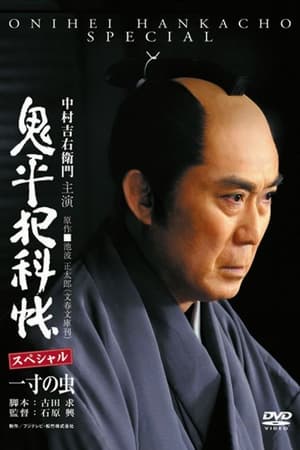 8.0
8.0Onihei Crime Files: Conscience of a Worm(ja)
Detective Onihei better known as "Heizo the Demon" heads a group of skilled officers, however, one of those special officers got himself into a web of betrayal and deceit, and become the very thing Heizo the Demon investigates daily.
 0.0
0.0Floating Vessel(ja)
Floating Vessel (源氏物語 浮舟 , Ukifune) is a 1957 color Japanese film directed by Teinosuke Kinugasa. Drawn from parts of the famous Genji monogatari by Lady Murasaki.
 0.0
0.0Golden Peacock Castle, Part 2(ja)
The struggles of the Golden Peacock Clan continue as they seek to reclaim their home and prevent the evil Gondaiyu from taking their most prized treasures.
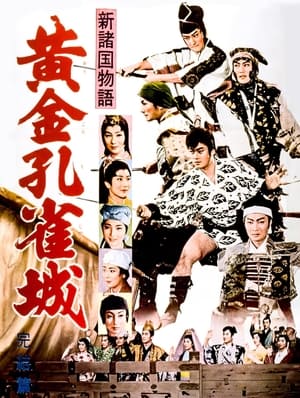 0.0
0.0Golden Peacock Castle, Part 4(ja)
The righteous young men, who were separated by the all-out attack of sorcery, are saved by the friendship of a young Sengoku warlord, and now launch an all-out attack on Gondayu, who has usurped the regent's position. An exciting and heated battle unfolds. This is the grand finale of a golden period drama that mobilizes all the popular youth stars.
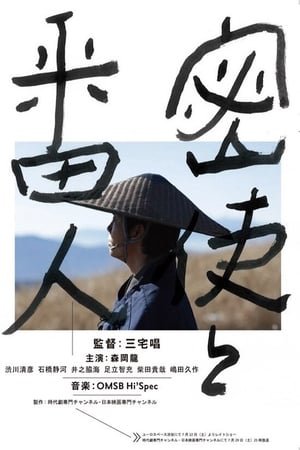 6.3
6.3The Courier(ja)
At the beginning of the 19th century, Japan was under a policy of national isolation. A group of Dutch scholars who wanted to open the country secretly completed a copy of a map of Japan under shogunate control. They sent a young Dutch scholar, Michi-an, as a secret envoy to deliver the copy of the map to the Dutch. Michi-an, hiding himself and making his way through the deserted winter mountains, but the mountain guardians, led by Takayama, had begun hunting in the mountains with a description of Michi-an's appearance arranged by the shogunate.
